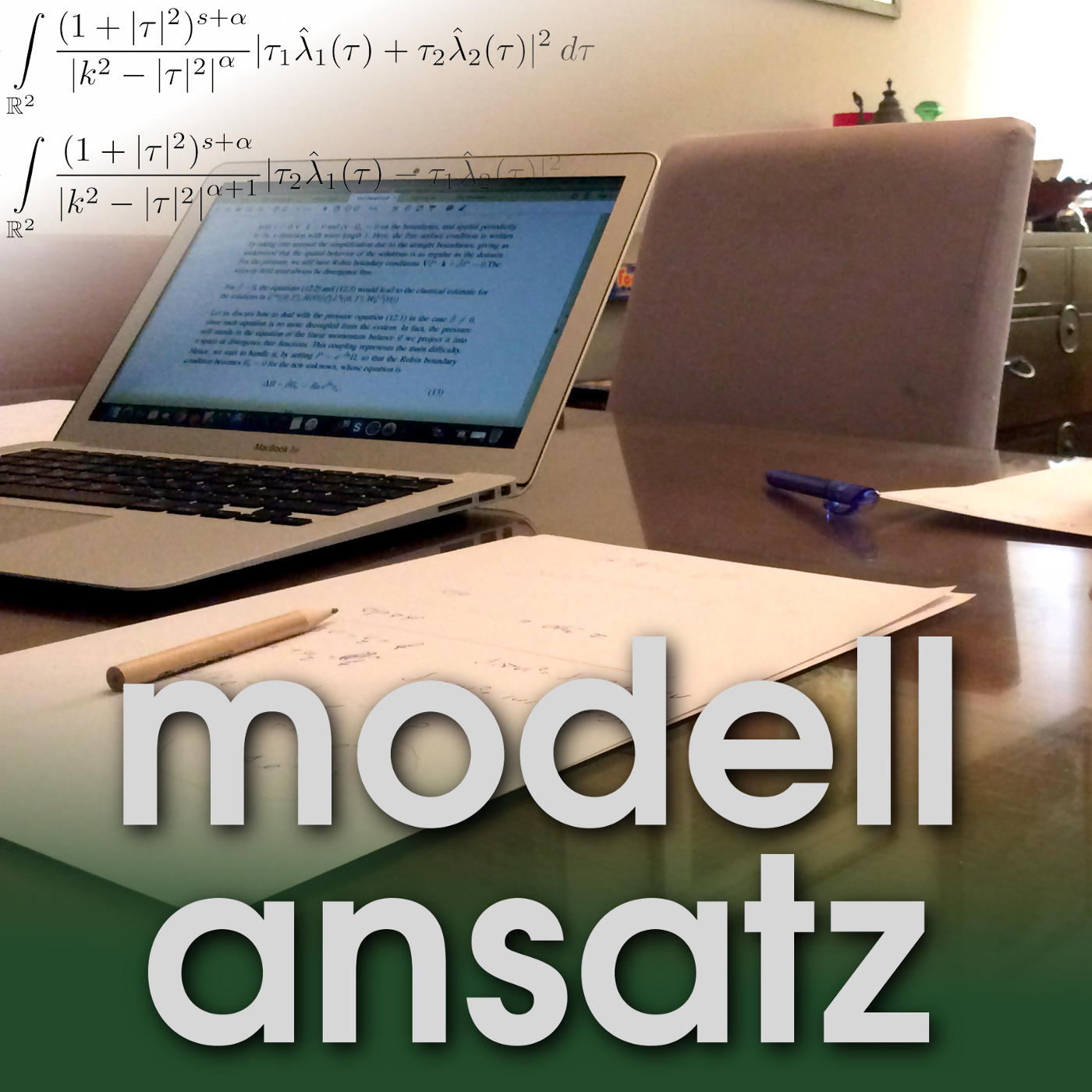Advanced Mathematics

Gudrun Thäter and Jonathan Rollin talk about their plans for the course Advanced Mathematics (taught in English) for mechanical engineers at the Karlsruhe Institute of Technology (KIT). The topics of their conversation are relevant in the mathematical education for engineers in general (though the structure of courses differs between universities). They discuss how to embrace university mathematics, how to study, what is the structure of the educational program and what topics will be covered in the first semester in Karlsruhe. For students starting an engineering study course it is clear, that a mathematical education will be an important part. Nevertheless, most students are not aware that their experiences with mathematics at school will not match well with the mathematics at university. This is true in many ways. Mathematics is much more than calculations. As the mathematical models become more involved, more theoretical knowledge is needed in order to learn how and why the calculations work. In particular the connections among basic ideas become more and more important to see why certain rules are valid. Very often this knowledge also is essential since the rules need to be adapted for different settings. In their everyday work, engineers combine the use of well-established procedures with the ability to come up with solutions to yet unsolved problems. In our mathematics education, we try to support that skills insofar as we train certain calculations with the aim that they become routine for the future engineers. But we also show the ideas and ways how mathematicians came up with these ideas and how they are applied again and again at different levels of abstraction. This shall help the students to become creative in their engineering career. Moreover seeing how the calculation procedures are derived often helps to remember them. So it makes a lot of sense to learn about proofs behind calculations, even if we usually do not ask to repeat proofs during the written exam at the end of the semester. The course is structured as 2 lectures, 1 problem class and 1 tutorial per week. Moreover there is a homework sheet every week. All of them play their own role in helping students to make progress in mathematics. The lecture is the place to see new material and to learn about examples, connections and motivations. In this course there are lecture notes which cover most topics of the lecture (and on top of that there are a lot of books out there!). So the lecture is the place where students follow the main ideas and take these ideas to work with the written notes of the lecture later on. The theory taught in the lecture becomes more alive in the problem classes and tutorials. In the problem classes students see how the theory is applied to solve problems and exercises. But most importantly, students must solve problems on their own, with the help of the material from the lecture. Only in this way they learn how to use the theory. (...)